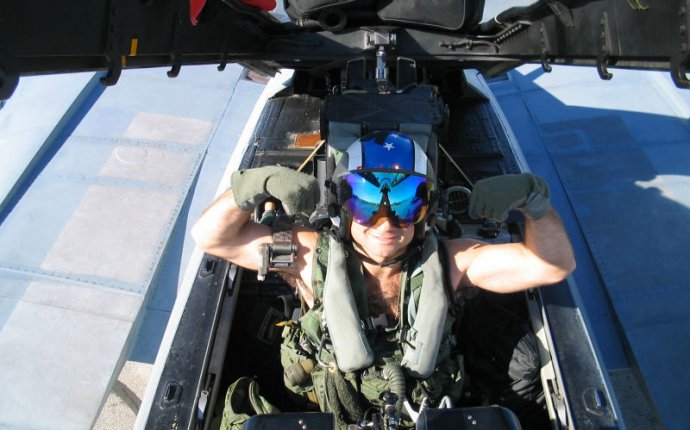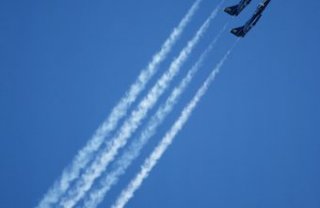
How to become Navy pilot?
 Members of the Navy qualify as aviators through extensive training.
Members of the Navy qualify as aviators through extensive training.
Kim Steele/Photodisc/Getty Images
Naval aviators serve as pilots and flight officers on the many different types of aircraft employed by the U.S. Navy in defense of the nation. These fliers must not only qualify as members of the Navy and commissioned officers, they must undergo extensive training to "earn their wings." This is a demanding job whose stringent requirements are designed by the Navy to attract the best possible candidates.
Officer Requirements
All Naval aviators must be commissioned officers, which requires candidates to meet basic eligibility requirements. A would-be officer must be between ages 19 and 35; aviator candidates must between 19 and 26, unless they receive a waiver. In addition, all Navy officers must be United States citizens and hold a four-year college degree. Finally, officer candidates must have a variety of personal qualifications, including meeting medical, drug and alcohol, financial and moral standards.
Becoming an Officer
Once an officer candidate meets the eligibility criteria, there are three ways to earn a commission. He can earn his college degree through an appointment to the United States Naval Academy or he can serve in the Reserve Officer Training Corps while attending another college. Or, if he joins the Navy after graduation from college, he can attend Officer Candidate School, a 12-week program that offers both physical and mental training, teaches leadership and leads to a commission.
Flight Training
Once an officer is commissioned, she must go through the actual aviation training. She starts with a six-week air indoctrination course of classroom and field work. This is followed by primary flight training, which is a six-month introduction to flying. After primary flight training, the aviator prospect requests a particular type of aircraft to specialize in, such as carrier-based jet fighters, and goes through intermediate training in that area. Next, advanced training teaches mission specifics. At the conclusion, an aviator will receive her "wings of gold, " as the Navy calls its pilot insignia. Finally, she will be assigned to aircraft-specific training to ensure she has mastered the particular plane she will fly on active duty. Training can be a short as 18 months, or as long as four years for the most sophisticated planes and assignments.
Service Commitment
Since training lasts such a long time, prospective aviators must be prepared to make a lengthy commitment to Navy service. While most officers must sign on for a three- to five-year period of service, depending on their military specialty, Naval aviators must sign up for an eight-year active duty commitment - which begins only after the aviator has earned his wings.









